A piece of vintage gear from the late 1970’s, the Optimod 8000 was and still is a good sounding box. I have often thought that these processors would make an excellent internet audio processor using the test jacks on the back of the unit. The audio on these jacks is unbalanced and has 75 µS pre emphasis. It would be easy enough to make a de-emphasis network and create balanced audio with a 10K:600 ohm transformer. Some experimentation may be required with the transformer primary impedance value. Orban notes that not less then 1 MΩ impedance should be connected to the test jacks. For the internet station looking to copy the “FM radio” sound, this unit would do the job nicely.
The 75 µS de-emphasis network would look something like this:
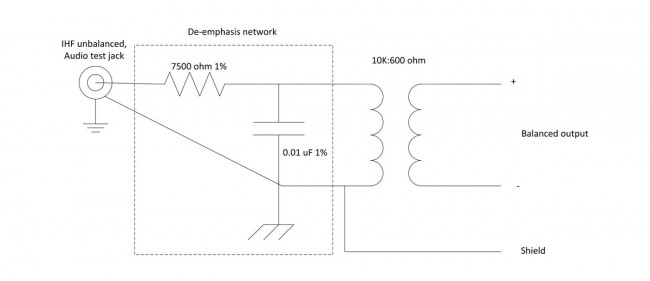
In this case, the values for the de-emphasis network are fairly critical, therefore 1% or better tolerances for the resistors and capacitors is required.
Even better, an LPFM or some other radio station on a budget could acquire one of these for relatively little on eBay or somewhere else. With a little TLC, most of these units can be rebuilt and put back into service. I would recommend that some type of limiter be used in front of it, such as a Texar Audio Prism or CRL SEP-800.
Some classical music stations prefer these units. I have noticed that they have a nice, mellow, open sound. Not at all fatiguing and yet still offer a nice easy 10 dB gain reduction. There is also a modification that can slow down the release time on the gain reduction. More gain reduction, AKA compression, can be had with something else in front of the unit.
The best part about these units, there is no rebooting, no processor lock ups, software glitches or any of that non-sense. Additionally, a quick look at the front of the unit shows very few user controls, making it almost impossible to screw up and sound bad. They are well built and so long as the electrolytic capacitors are changed out, fairly bullet proof. Other processors, not so much.
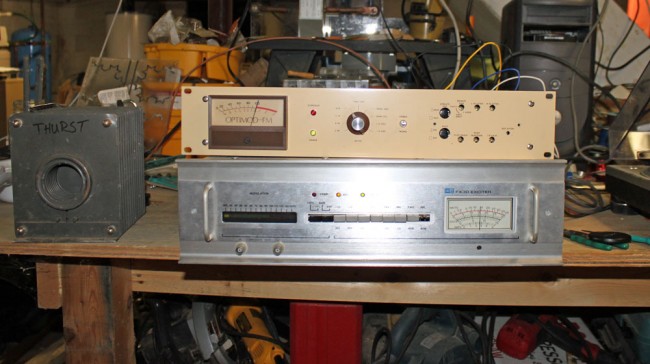
This is an Optimod 8000A that I decided to put through its paces.
Really, how much more do you need? I recorded this on the camera microphone using a replica table radio, seen near the end of the video on the right hand side of the frame.
I used the Technics SL-1200 MKII turntable through an ATI P100 turntable preamp into the Optimod. The Optimod is feeding a BE FX-30 exciter running 15 watts into a dummy load. The Optimod is running about 5-7 dB gain reduction, which is enough in my mind. The BE FX-30 is still just about the best sounding analog exciter every made.
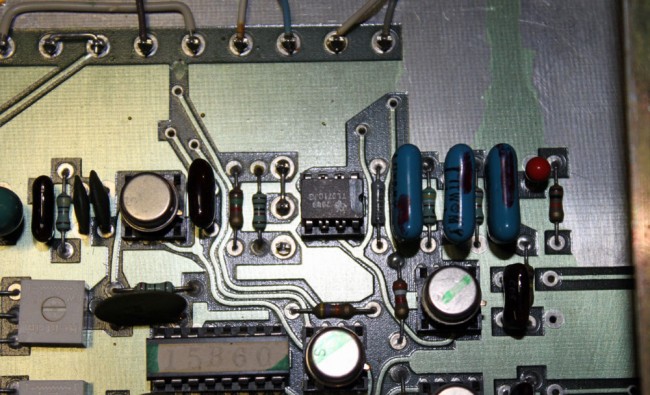
This unit has been re-capped and re-chipped at one point. The re-chipping follows the Orban recommendation; the 4558 and 1556 opamps are replaced by TL071CP and TL072CP respectively, and the uA 709 and 301A opamps are left in the unit. A good thing to remember, the uA709 and 301A opamps can be replaced by TLO71cP opamps in the event of failure. The Texas Instruments TL0 series opamps are very good and readily available.
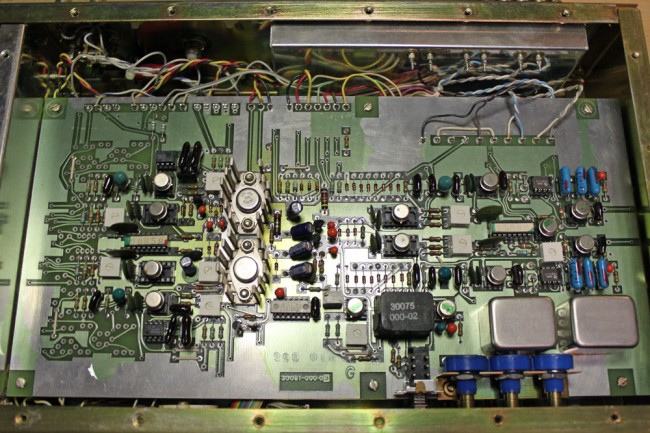
Overall, this unit is in good condition, however, like many such units, it is missing its brown “Optimod” cover, which goes over the input/output controls.
Manual is available at the Orban ftp site: ftp.orban.com.



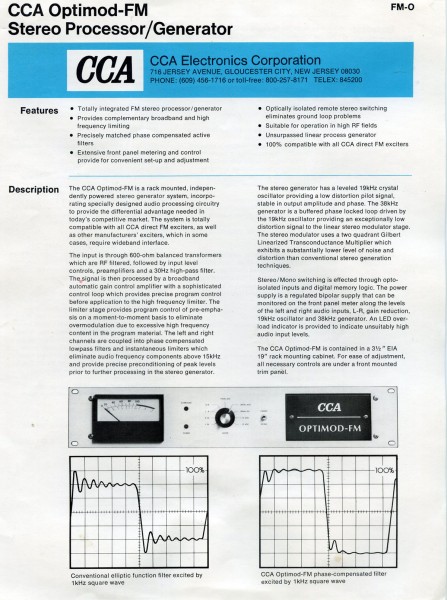
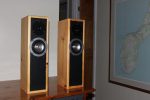

I’m pretty sure I have one of those covers in the shop. I always wondered what it was for since it didn’t go on the old 8100s we have around…
Walter, I’d buy it from you, if you can find it
Good idea about using the Orban 8000A with the de-emphasis network for internet radio. I have one of these units with only my part 15 hobby station to put it in. Though, I have been experimenting with streaming on the internet.
dear walter i have orban 8000a prosseor and the cover to de frot is missing if you have one i buy r-from you if you have a holl unit i also intresting for parts if the price is reasonable
I have one of these units at a college I work at, They want to sell it but not until we can fix this obnoxious hum that’s way above the legal modulation limit and wipes out any audio we are inputting. Would this mean a recap job or improper input wiring.
I wish there was a tutorial on proper setup with high def pictures of the BACK panel inputs.
Scott,
If you disconnect the input, is there still hum on the output? If so, it may very well need recapping of the power supply (and everything else…if it hasn’t been worked on before…it’s 40 years old).
I recapped and rechipped one a few years ago and had it ready-to-go as a backup. I needed it a few weeks ago, and had zero output. I’m losing the audio two stages back from the output, but haven’t had time to troubleshoot further.
dear paul,
For my school radio internetstation https://www.youtube.com/channel/UCU2Dywi4Jobo2rvCfe-j4Yg
i’ve bought an optimod 8000. thanks for the de-emphasise/balanced output tips and i have to make such a unit.
is it difficult to make it my own? i do have some experinence with welding….
I found one of these beauties some years ago for $50, with an alignment tag just 2 years old. Standalone, they actually compress a fair amount, you just don’t hear it, but it is. I use the “test” jacks to feed other equipment (an i222 for an HF station) while the composite out feeds an FM. I have an old Symmetrix 422 in front of it, with a very low ratio, just to ride the gain a tad. Will it “compete” with modern digital processing? To *my* ears, it wins hands down. To most modern “plug-n-pray” engineers, probably not, as it won’t look like a DC voltage on the mod monitor and as such, will wiggle. Evidently, this would be a *fail* to those who think broadcast audio should sound like it’s overmodulating a 60Hz carrier.
Does anyone know how one would be able to use this in a non radio setting?
I had worked with one in a studio years ago and loved it. I recently purchased one and unfortunately, it doesn’t pass signal through its inputs and outputs. I had been reading that you can’t operate it that way which is weird because it worked fine in that studio years ago. Maybe the modded it? Idk! Tried ins and outs and the test jacks and nothing.